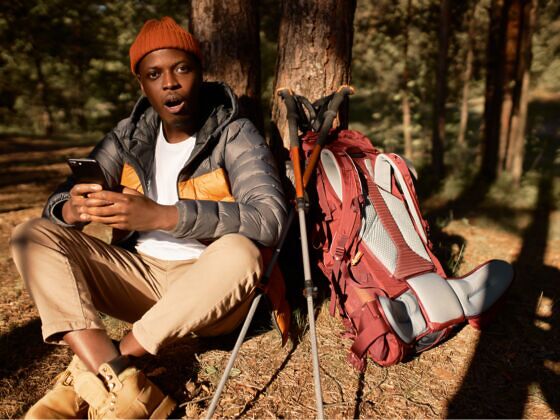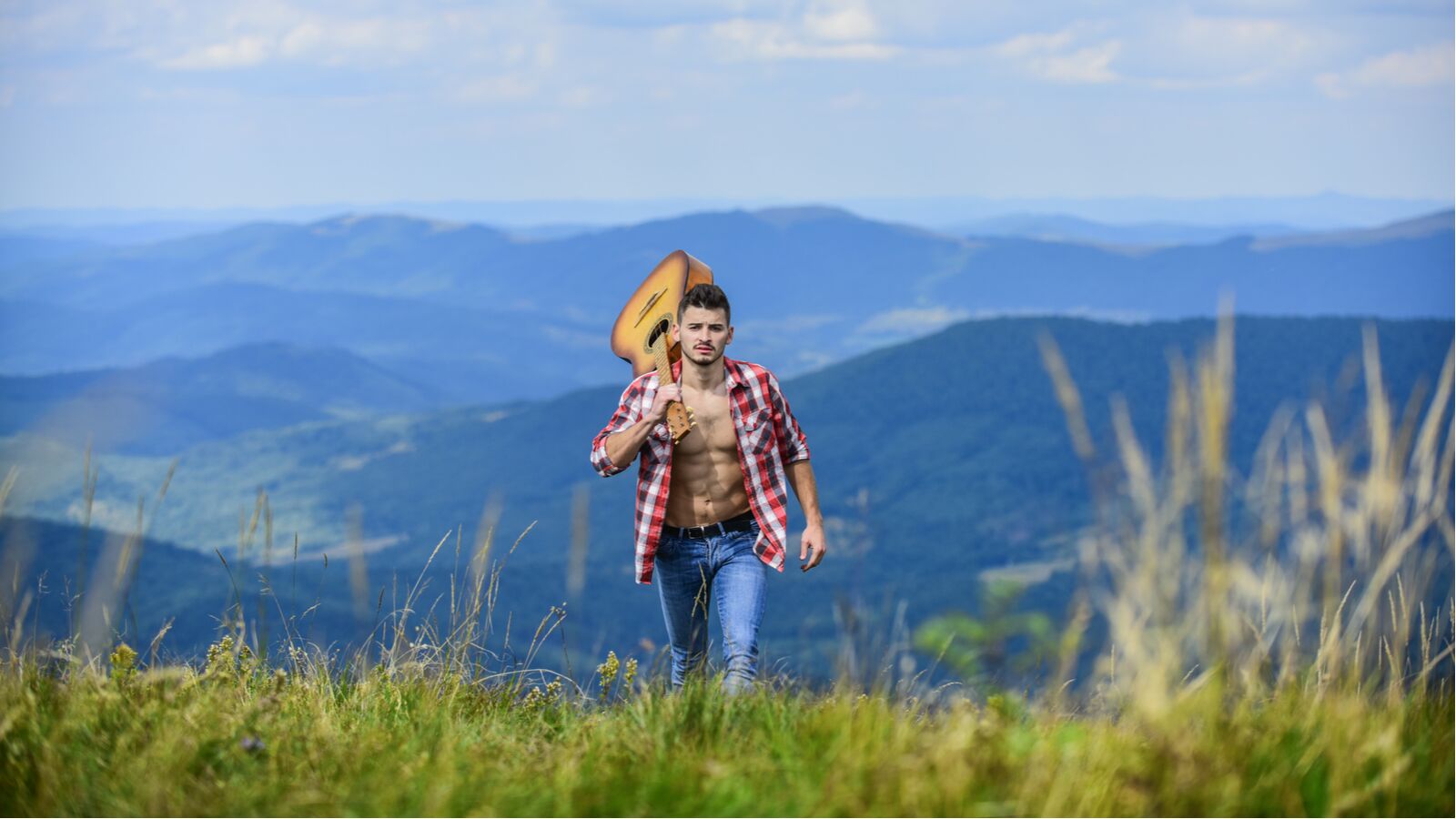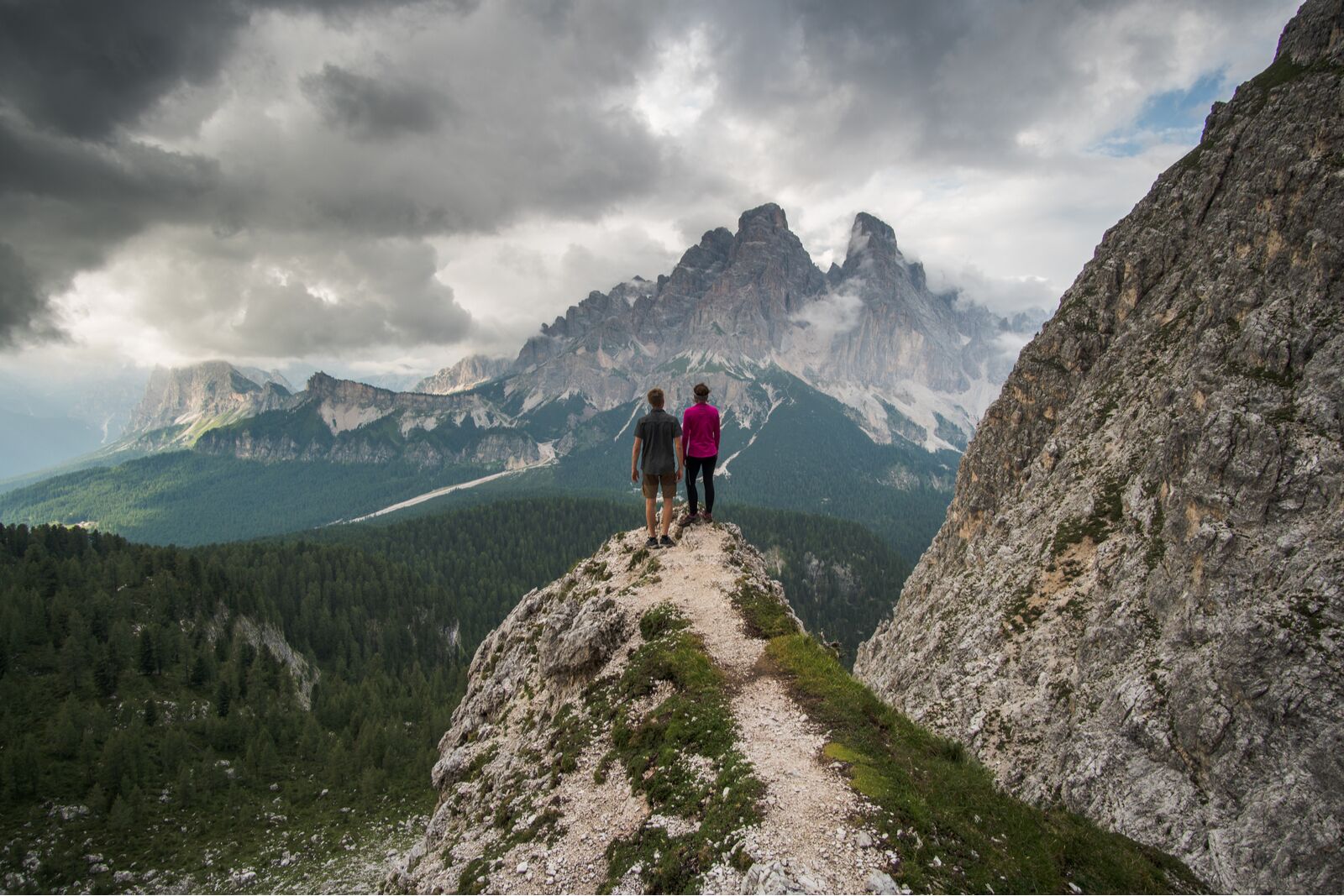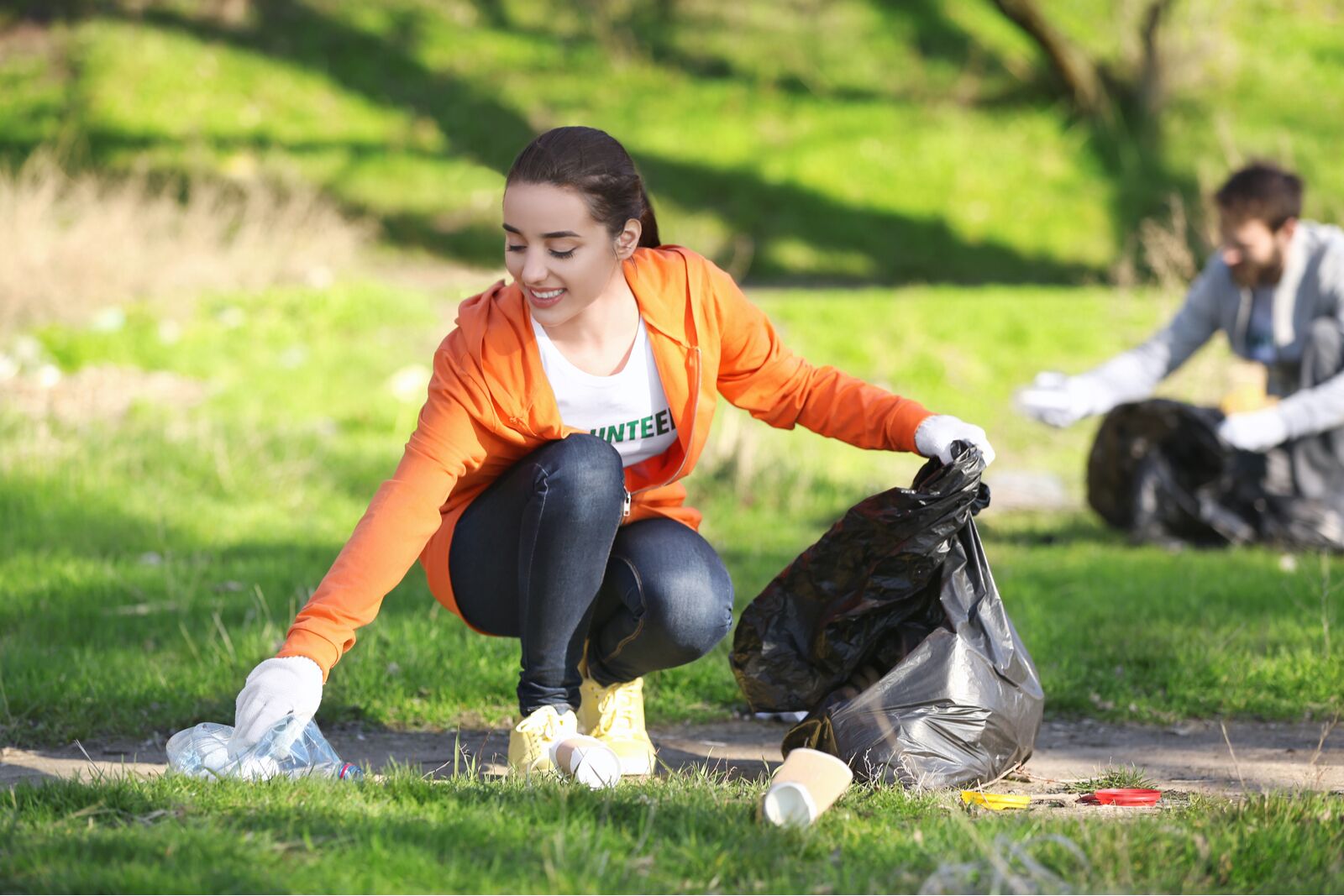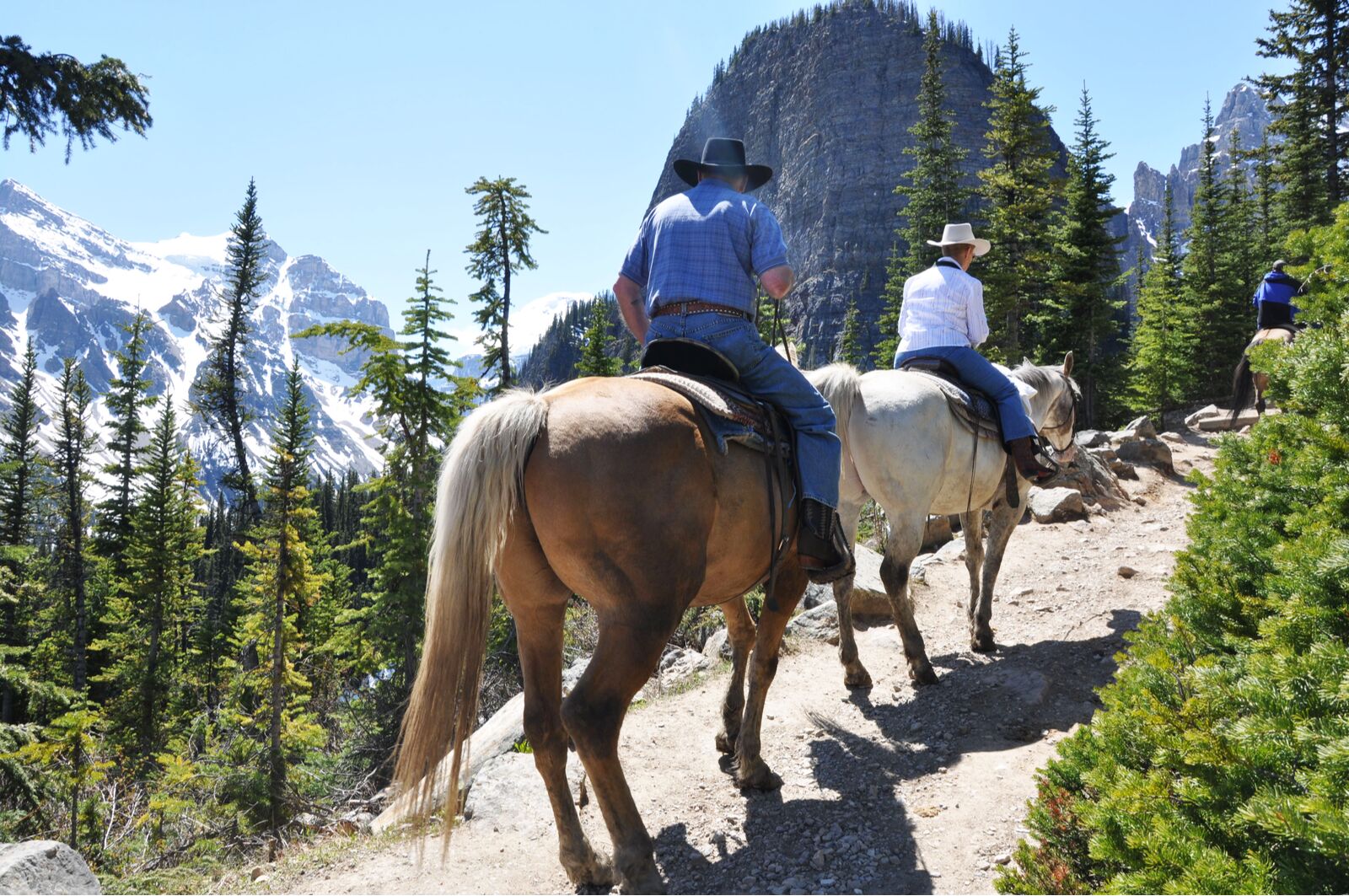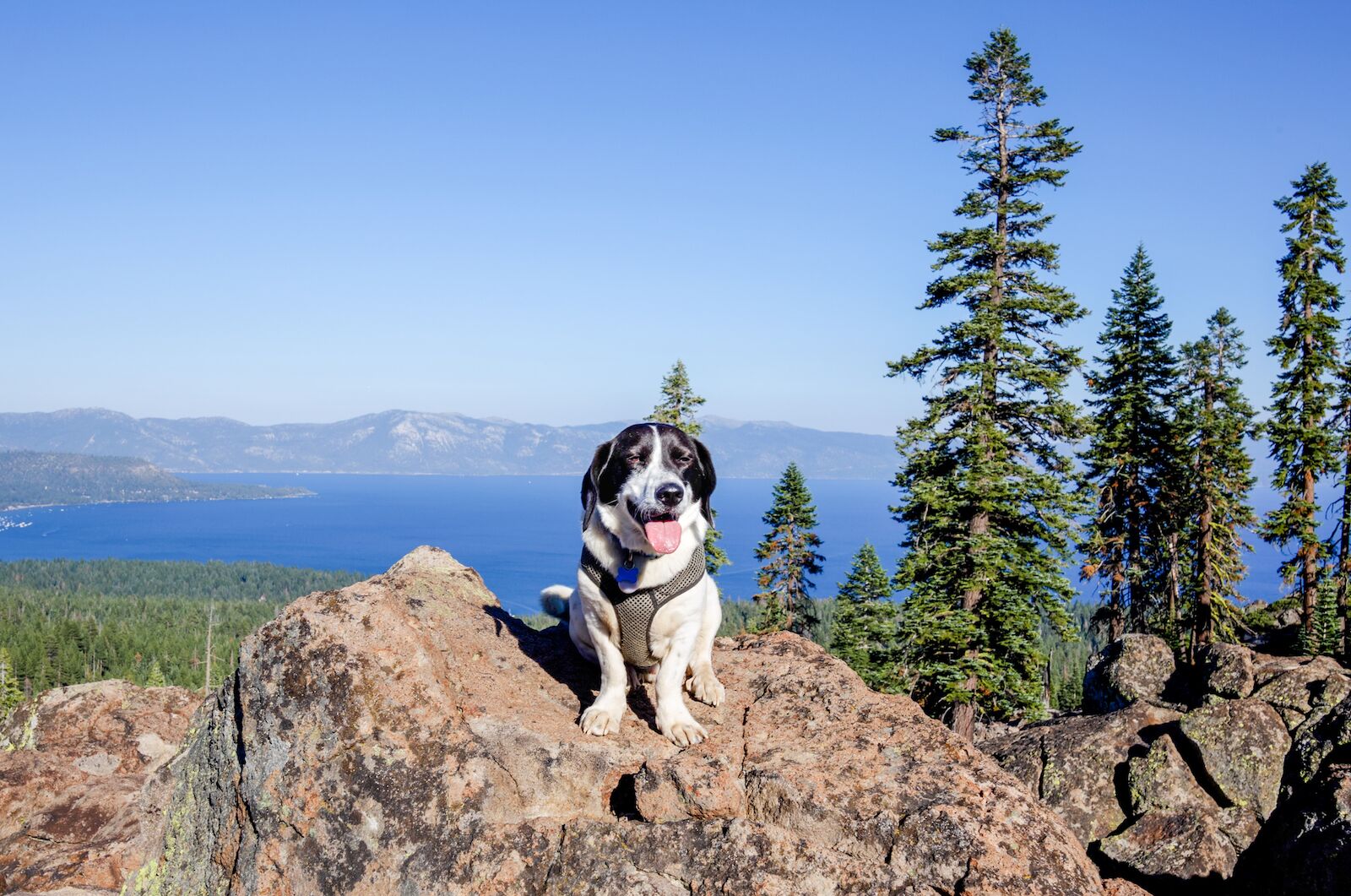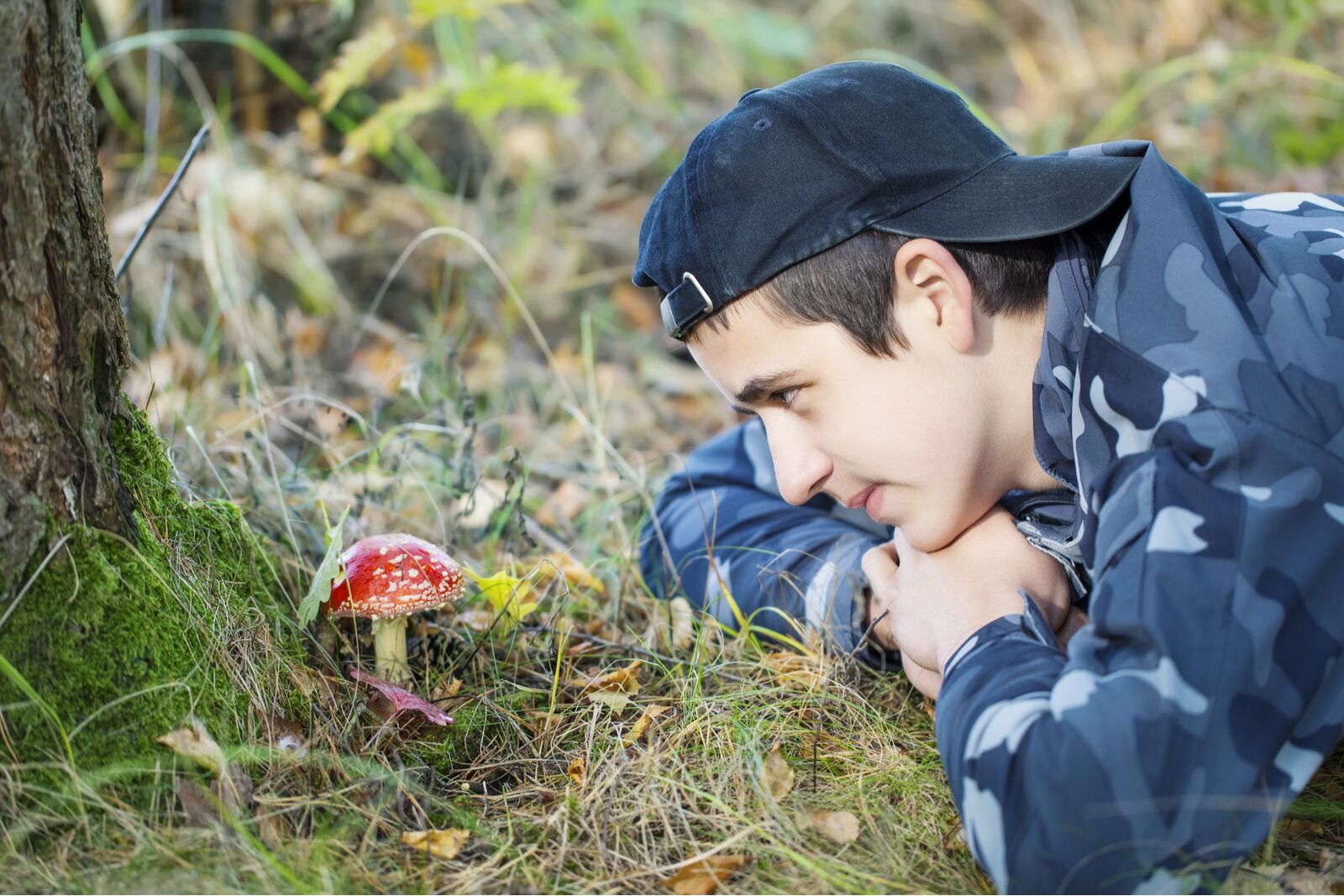It’s easy to find hiking tips online, but it’s just as important to know what not to do when you hit the trails, too.
Whether you’re a first-time hiker or have been peakbaggin’ for years, some things are obvious — most people know not to go hiking in flip-flops or leave plastic food wrappers in the woods. But there’s a lot more to the culture of hiking that you might not know, and some hiking tips only focus on things you should do, not things you shouldn’t do. But knowledge is power, and the list of hiking tips before focuses on hiking taboos — things to never do, unless you want to be the least-popular person on the trail.
Sure, hiking tips are great, but hiking taboos are pretty important to know, too.
